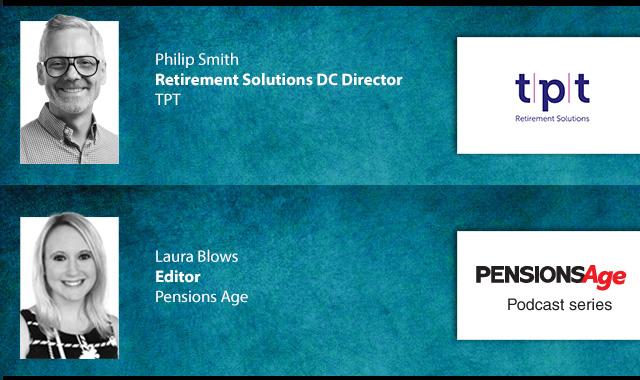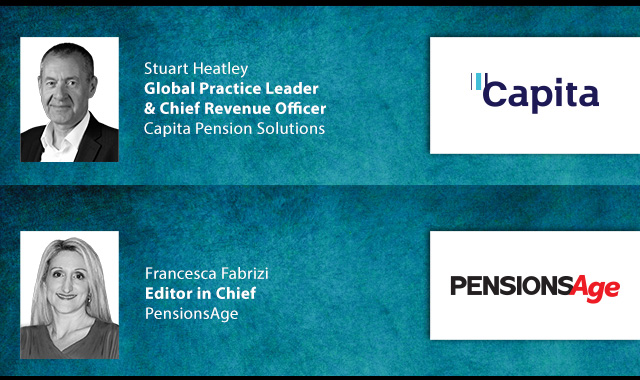HMRC has confirmed that its systems are not currently capable of allowing individuals with multiple earnings that cumulatively exceed the £10,000 earnings trigger for automatic enrolment (AE) to be enrolled into a pension scheme.
The Work and Pensions Committee (WPC) chair, Stephen Timms, previously wrote to HMRC to request that Economic Secretary to the Treasury, John Glen, provide oral evidence as part of its Saving for Later Life inquiry, outlining a number of specific queries.
In particular, Timms raised the issue of multiple jobholders who do not earn above the £10,000 earnings trigger for AE from one employment, but have total earnings above the trigger.
He explained that the committee's enquiry had heard there could be scope for a HMRC-driven solution, such as the option for HMRC to notify employers when a particular individual's earnings were above a particular threshold, acting as a trigger for an employer to auto-enrol that employee.
However, in his response, Glen confirmed that HMRC systems would not be capable of dealing with this, suggesting that it could present significant practical issues.
“Automatic enrolment legislation does not require an individual with multiple earnings which cumulatively exceed this threshold to be enrolled into a pension scheme," he said.
“HMRC systems would not currently be capable of achieving this and the practical implications of doing so are not insignificant.”
In addition to this, Glenn suggested that this could present an ethical challenge, for instance, requiring HMRC to disclose information about an individual’s total employment income to each employer, which he argued could challenge “the important principle of taxpayer confidentiality”.
Timms' letter had also raised concerns about low levels of pension saving among self-employed, asking for updates on the work that HMRC and the Department for Work and Pensions (DWP) have been undertaking in this area.
In his response, Glen confirmed that, whilst this work is being led by the DWP, the two departments are working together to explore opportunities presented through Making Tax Digital and software suppliers, with analysis of recent trials expected in summer 2022.
In particular, Glen highlighted the recent trials undertaken by HMRC and DWP with the Money and Pensions Service (Maps) involving the existing self-assessment tax system, which ran between October 2021 and February 2022.
“In addition, DWP are working with Nest Insight and a range of partners, to test a range of approaches and interventions aimed at improving retirement saving for the self-employed," he continued.
"DWP launched the next stage of these trials in December 2021 using financial digital platforms and money management apps to test the role of technology-based nudges and the value of flexible saving mechanisms.
"Analysis and evaluation of the HMRC trial and technology-based trials is expected in summer 2022."
Latest News
-
Pension Schemes Bill one step closer to becoming law as it moves to House of Lords
-
SCOOP: Netherlands' Keylane snaps up Heywood in undisclosed deal
-
MPs back PPF/FAS pre-97 indexation; calls for broader reform remain
-
73% of global pension plans using dynamic asset allocation strategy
-
Salary sacrifice concerns grow as HMRC reveals expected impact on workers
-
Debate prompts swing in support for releasing DB surpluses to employers
Private markets – a growing presence within UK DC
Laura Blows discusses the role of private market investment within DC schemes with Aviva Director of Investments, Maiyuresh Rajah
The DB pension landscape
Pensions Age speaks to BlackRock managing director and head of its DB relationship management team, Andrew Reid, about the DB pensions landscape
Podcast: From pension pot to flexible income for life

Podcast: Who matters most in pensions?

In the latest Pensions Age podcast, Francesca Fabrizi speaks to Capita Pension Solutions global practice leader & chief revenue officer, Stuart Heatley, about who matters most in pensions and how to best meet their needs
© 2019 Perspective Publishing Privacy & Cookies









Recent Stories